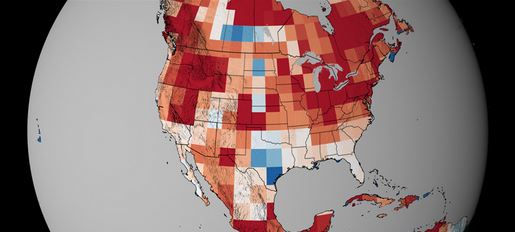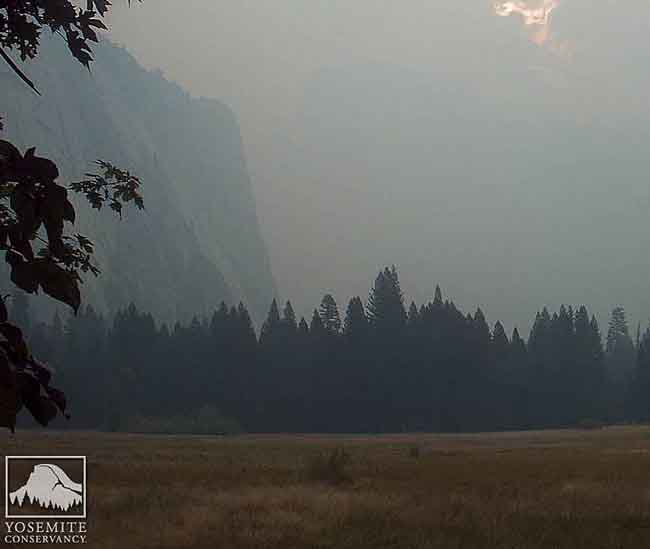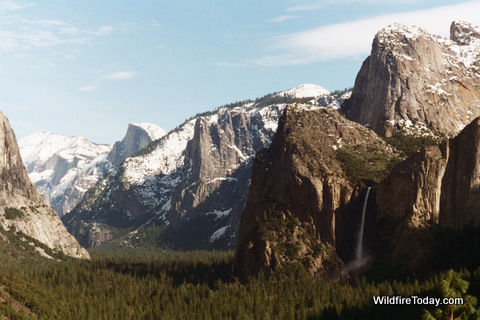Live streaming of memorial service for Token Adams
The memorial service for Token Adams, the firefighter who was killed in an apparent ATV accident while scouting a fire in New Mexico, will begin at 10 a.m. MDT today, Thursday, at KRQE and also KOBT.
Inmate firefighter truck rolls over in Arizona
An Arizona Department of Corrections crew carrier transporting a wildland fire crew rolled over Wednesday afternoon on State Route 79 near Florence, Arizona. Several inmates and one corrections officer were injured, but none of the injuries were considered life-threatening. It is unclear what caused the accident but authorities are looking for a newer white Chevrolet Tahoe or Suburban that may have been involved. The older male driver of the SUV is believed to have left the scene traveling south.
Deceased person found in Clover Fire in Northern California
On September 10, 2013 during the late evening hours, the Shasta County Sheriff’s Office located a deceased person inside the Clover Fire perimeter on Coal Pit Road in the community of Igo, California while conducting a welfare check. Next of kin was notified and the person has been identified as Brian Stanley Henry, 56. We send out our sincere condolences to the family of Mr. Henry.
Survey says voters have strong connection to national forests
A recent survey of voters commissioned by the National Forest Foundation concluded that they have a strong personal connection to National Forests. These connections are so strong that four in five voters polled said despite federal budget problems, funding to safeguard National Forests should not be cut. Seventy-two percent of voters surveyed would support additional funding to maintain and restore National Forest lands even if it meant a small tax increase.
Such supporters include groups that are traditionally more tax sensitive: 63 percent of seniors and 56 percent of conservatives said they would support additional funding even if it meant a small tax increase.
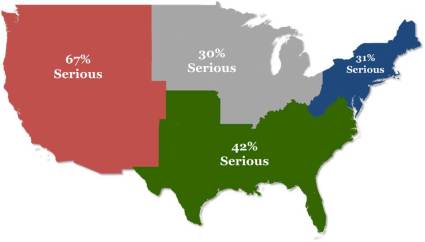
Forty-four percent (44%) of voters see uncontrollable wildfires as a serious problem. Just under half (44%) of U.S. voters say “uncontrollable wildfires that destroy property and forests” “is a serious problem, facing the nation” – with one-in-four calling it an “extremely” or “very” serious problem. This is the highest proportion to register this view since 2007. Concerns about this issue are drastically different by region, with 67% of voters in the West saying wildfires are an extremely or very serious problem and two-thirds deeming them to be at least somewhat serious.
Distribution of federal disaster aid to states
Elected representatives of some of the states that received the most federal disaster aid for wildfires, crop insurance, and storm damage, voted against federal aid for victims of superstorm Sandy.
Thief hit fire stations while firefighters fought wildfire
While crews in Walnut Creek were out fighting the Morgan Fire east of Berkeley, California Sunday night, a thief broke into Fire Station No. 7 and rummaged through lockers, desks and gym bags making off with money, an iPad, two firefighters’ wedding bands, and a watch. A second firehouse was also targeted, but a sleeping firefighter scared away the thief.
Since then, firefighters say they’ve received endless food donations, hundreds of dollars in gift cards, and offers from multiple jewelry stores to replace the stolen rings.
Tanker 131 certified
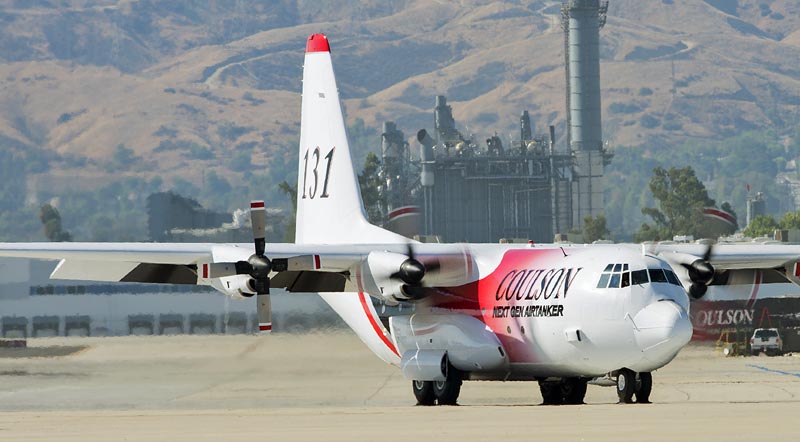
Coulson’s Air Tanker 131, a converted C-130Q, has been fully certified by the FAA, the Interagency AirTanker Board, and the U.S. Forest Service. The 3,500-gallon aircraft was carded on Tuesday and the pilot check rides occurred Wednesday. It should be ready to drop retardant on fires today, Thursday.
Conair begins flight testing their BAe Avro RJ85 air tanker

Conair Group of Abbotsford, British Columbia has started flight testing their BAe Avro RJ85, identified as Tanker 160, which is being converted from a jet-powered airliner into an air tanker. The RJ85 is a derivative of the BAe-146, but with improved engines. The 146 first flew in 1981 while the RJ85 was first delivered in 1993. Conair is the largest air tanker operator in the world with a fleet of around 50 fixed-wing special mission aircraft, including Convair 580s, Conair Firecats, Douglas DC-6s, and Lockheed Electra air tankers.
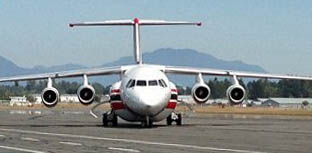
The aircraft still has to be certified by the FAA, the Interagency AirTanker Board, and the U.S. Forest Service before it can be used on federal fires in the United States, a process which could take days, weeks, or months.
More information about the BAe conversion projects going on at four different companies.
Fire department packs up Granite Mountain Hotshots memorial fence
From The Daily Courier:
The chain-link fence in front of Prescott’s Fire Station 7 stood bare Tuesday morning for the first time since soon after 19 Granite Mountain Hotshots died in the line of duty more than two months ago.
In an effort to move forward from the June 30 Yarnell Hill wildfire tragedy, the Prescott Fire Department called for the removal this week of the thousands of items that materialized on the fence in the days and weeks after the Hotshots’ deaths.
Several dozen firefighters from around the area were on hand at the Sixth Street station to work with about 30 volunteers in taking down and packing up the curtain of interwoven flags, T-shirts, signs, and photos that had shrouded the fire station.


